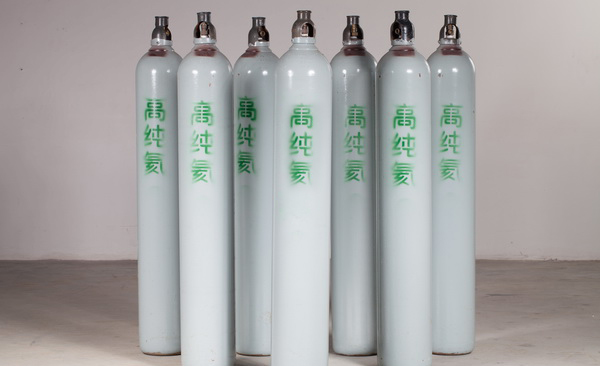Helium
Release Date: 2022-06-16 10:52:47 Visit: 121

Industrial helium is mainly separated and refined from natural gas with a helium content of about 0.5% in the United States, Russia, Algeria and Qatar to obtain high-purity helium. With its low boiling point of -268.9°C, liquid helium can be used for ultra-low temperature cooling. Helium is indispensable in superconductor applications that have received much attention in fields such as levitating trains. In addition, due to its chemical inertness and lighter-than-air characteristics, helium is often used as a filling gas in spacecraft or advertising balloons, a use that is also well known. Helium is widely used in the mixed gas for breathing in the field of marine development, and in the cooling of superconducting electromagnets in MRI equipment in the medical field: military, scientific research, petrochemical, refrigeration, medical, semiconductor, pipeline Leak detection, superconductivity experiments, metal fabrication, deep-sea diving, high-precision welding, optoelectronic product production, etc.
Application of Helium
Used as filling gas for helium balloons and helium airships to replace its highly flammable hydrogen
Used with high purity carbon dioxide and high purity nitrogen as laser gas for carbon dioxide laser cutting machines
Liquid helium for superconducting magnets in MRI machines
Breathing gas for deep sea work with medical oxygen
Used as leak detection gas for helium leak detectors in air conditioning
Used as shielding gas for special welding together with high-purity argon
Used as a carrier gas for gas chromatograph/GC-MS and other instruments
Precautions
Helium is a colorless, odorless, non-toxic, non-flammable, high-pressure gas stored in gas cylinders. The pressure is usually 15MPa. Use YQY-12 or 152IN-125 and other pressure reducers to decompress before use. Before use, use soapy water to check the gas pipeline to ensure that the gas pipeline does not leak.
Make sure that the helium does not leak and the workplace is kept ventilated. When the oxygen content is lower than 19.5% due to the increase of the helium content, the patient will first experience rapid breathing, inability to concentrate, and ataxia; followed by fatigue, restlessness, and nausea , vomiting, coma, convulsions, resulting in death.
All the gas cylinders have an expiration date on them, and all expired gas cylinders must be sent to a department for safety inspection before they can continue to be used.
When the exhaust gas of each bottle of helium gas is used, the residual pressure in the bottle should be kept at 0.5MPa, and the minimum residual pressure should not be lower than 0.25MPa, and the bottle valve should be closed to ensure gas quality and safe use.
Bottled helium gas should be classified and stacked during transportation, storage and use, and should not be close to open flames and heat sources. For arc ignition or arc, brutal loading and unloading is strictly prohibited. Short-distance moving helium cylinders should be carried out with a trolley for cylinders, and long-distance moving cylinders should be transported by dangerous goods transport vehicles.
The temperature of liquid helium is -268.9 ℃, and contact with the skin can cause severe frostbite.





